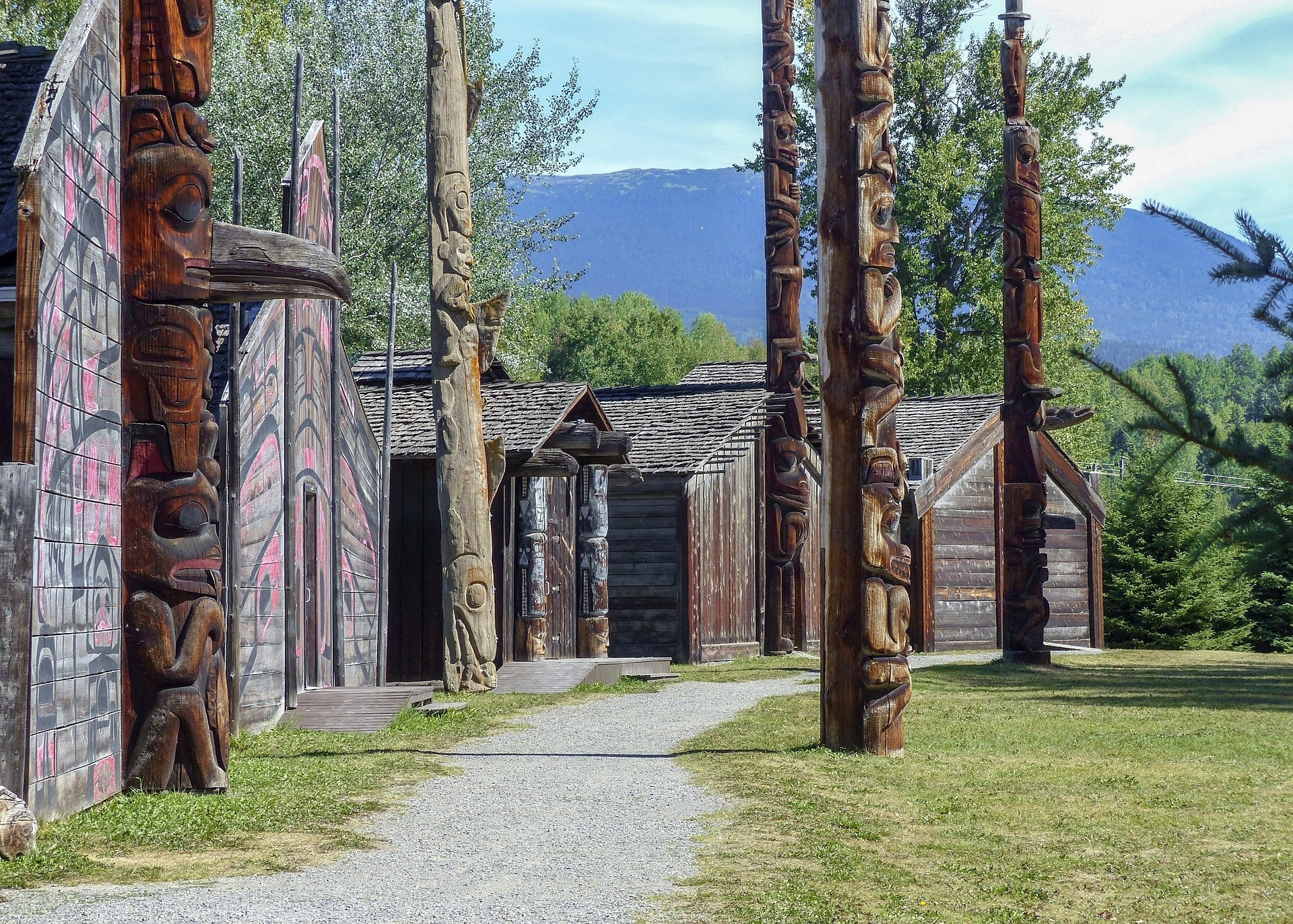There is an underlying reality among the 32,170 people who live on the Sunshine Coast: land isn't owned; it's kin. Urban accessibility (only 40 minutes by ferry from Vancouver) and ecological responsibility coexist in the Geographical Proximity Paradox, which is shaped by this ideology, which has its roots in the Shíshálh Nation's care of their unceded territory (Tl’átl’t).
For millennia, the Shíshálh have practiced Náḵwalamat (“we are one”), a worldview evident in
Clam Garden Restoration: Reviving 3,000-year-old mariculture techniques to boost shellfish populations by 400% in Sechelt Inlet.
Cultural Fire Management: Collaborating with BC Wildfire to conduct controlled burns, reducing wildfire risk while rejuvenating huckleberry meadows.
Language-Led Conservation: Naming species in she shashishalhem (Shíshálh language) to deepen ties between residents and ecosystems.
Here, owning real estate in the modern day is a covenant with the past. According to a UBC study, homes close to ecotourism initiatives managed by Shíshálh, such as Kwekwen Creek Trails, appreciate 12% more quickly than the regional average. Covenants conserving culturally modified trees—cedars scarred by ancient bark-stripping—on their lots are frequently adopted by buyers. "Tidal easements" are being incorporated into beachfront constructions as well, guaranteeing that docks coincide with Shíshálh harvesting cycles.
The ferry plays a crucial role. Although it provides urban professionals with a haven from the bustle of Vancouver, the absence of bridges inhibits overdevelopment. Both a Shíshálh-led salmon hatchery and a tech CEO's beachside mansion in Roberts Creek may profit from the same watershed.











